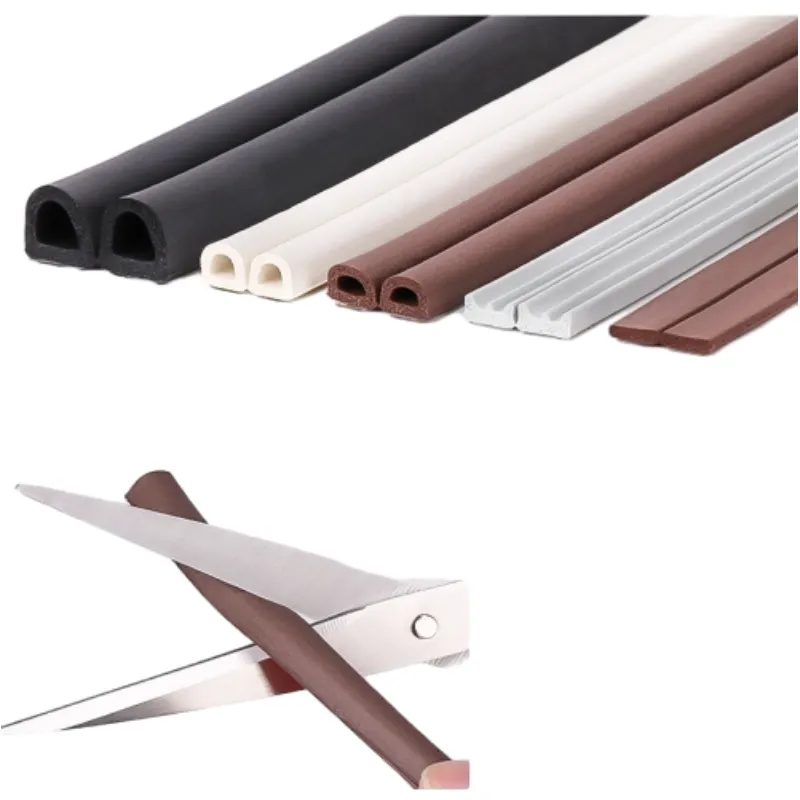High-Quality Plywood Edge Banding Tape for Seamless Finishes
The Versatility and Importance of Plywood Edge Banding Tape
Plywood is a widely used material in various woodworking applications, from furniture making to cabinetry. One of the key aspects of working with plywood is ensuring that the edges are well-finished and aesthetically pleasing. This is where plywood edge banding tape comes into play. Edge banding tape is an essential tool in the modern woodworking and manufacturing industry, providing both functional and aesthetic benefits.
Edge banding tape is a thin strip of material applied to the exposed edges of plywood panels. It commonly comes in a variety of materials, including wood veneer, PVC, acrylic, and melamine. Each material has its unique characteristics, with varying levels of durability, appearance, and ease of application. Wood veneer edge banding, for instance, provides a natural wood finish that can seamlessly blend with the plywood it covers, enhancing the overall look of the piece. On the other hand, PVC and acrylic options come in numerous colors and finishes, allowing for creativity and personalization in design.
One of the primary functions of edge banding tape is to protect the edges of plywood from damage and moisture. Plywood, by its nature, is susceptible to chipping and splintering, especially around its edges. This not only diminishes the aesthetic appeal of the product but can also compromise its integrity and longevity. By applying edge banding tape, you seal these vulnerable edges, providing a barrier against moisture, impacts, and wear. This is particularly crucial for furniture pieces that may encounter regular use or exposure to spills.
plywood edge banding tape

Another critical advantage of plywood edge banding tape is its ability to enhance the visual appeal of wood projects. The edges of plywood can often appear rough and unfinished, detracting from the overall quality of the work. By applying a well-chosen edge banding tape, craftsmen can create a polished look that elevates the entire piece. Additionally, the wide range of colors and finishes available allows for greater design flexibility, making it easier to match or contrast with the desired aesthetic.
In terms of application, edge banding tape can be easily applied using a variety of techniques. For smaller projects, iron-on edge banding is a popular choice, as it involves heating the adhesive and pressing it onto the edge. For larger-scale applications, professional machines can provide a more robust and efficient bond. Regardless of the method, the result is a clean, seamless look that significantly enhances the product's aesthetic and functional qualities.
Moreover, the environmental considerations surrounding edge banding tape cannot be overlooked. Many manufacturers are now producing eco-friendly options in response to growing concerns about sustainability. By choosing edge banding made from recycled materials or sustainably sourced wood, craftsmen can contribute to greener practices in the woodworking industry.
In conclusion, plywood edge banding tape is an indispensable component in woodworking that enhances both the practicality and beauty of projects. With its ability to protect plywood edges, improve visual appeal, and accommodate a wide range of design preferences, edge banding tape serves as a vital tool for any woodworker or manufacturer. Whether for DIY enthusiasts or professional craftsmen, investing in high-quality edge banding is essential for achieving durable and visually stunning results in woodworking endeavors.
-
Under Door Draught Stopper: Essential ProtectionNewsJul.31,2025
-
Garage Door Seal and Weatherstrips for ProtectionNewsJul.31,2025
-
Edge Banding Tape for Perfect EdgesNewsJul.31,2025
-
Table Corner Guards and Wall Corner ProtectorsNewsJul.31,2025
-
Stair Nose Edging Trim and Tile Stair SolutionsNewsJul.31,2025
-
Truck Bed Rubber Mats for Pickup BedsNewsJul.31,2025
-
Window Weather Stripping for Noise ReductionNewsJul.29,2025